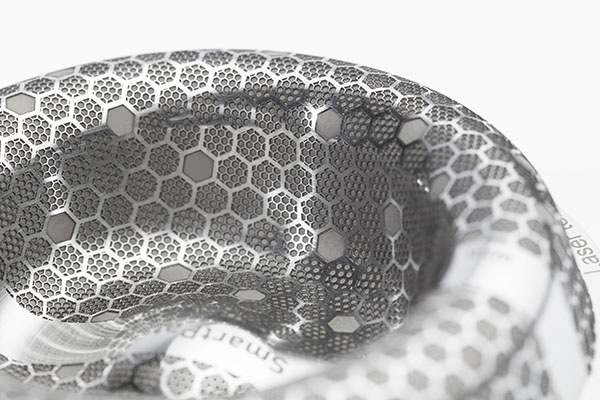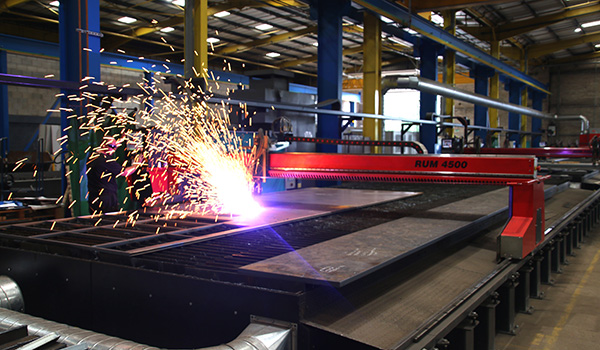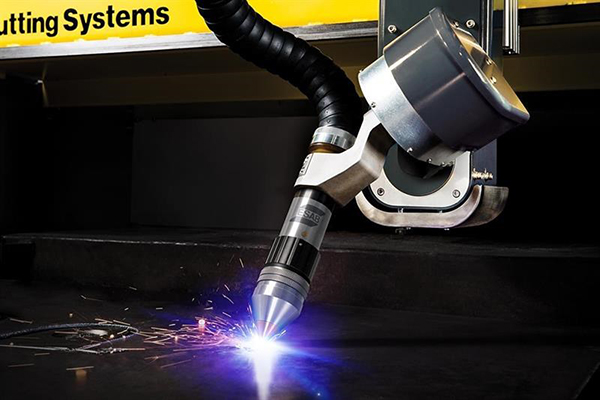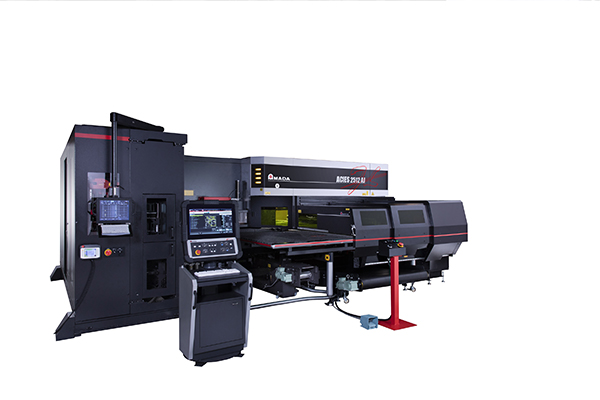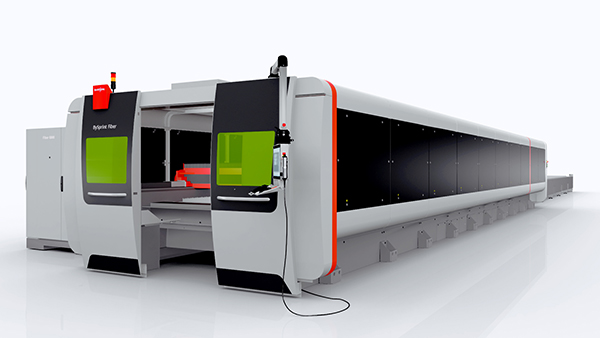Significantly greater productivity, ranging from 20-40% depending on the specific application, as well as improved quality, are among the advantages reported by early adopters of GF Machining Solutions’ latest generation of GF Laser Workstation Software.
Furthermore, initial results indicate that customers using the optional software suite supplied with Smartpatch technology, can increase texturing speeds by up to 30%.
These improvements in efficiency and quality are a direct result of the process intelligence that has been engineered into GF Laser Workstation Software 1.8.0’s Smartpatch technology, a patching solution that will enable laser texturing to become a more widely-used manufacturing process.
Laser texturing can be used to apply a myriad of different decorative and functional textures to workpieces by using a laser beam to remove workpiece material layer by layer via a non-polluting, and non-contact process.
The technology is proven to be a sustainable way of applying high quality textures, including complex geometries, to high repeatability, because the process is fully digital. This means that virtually any design, in a digital format, can easily be applied to a 3D workpiece surface.
Furthermore, since the cutting tool used in texturing is a laser beam, issues such as tool wear and breakage are avoided, and mean that laser texturing is a reliable, cost-effective and secure process.
However, challenges do exist with the technology and it is these that GF Machining Solutions has sought to address with its Smartpatch Technology.
For further information www.gfms.com/uk







